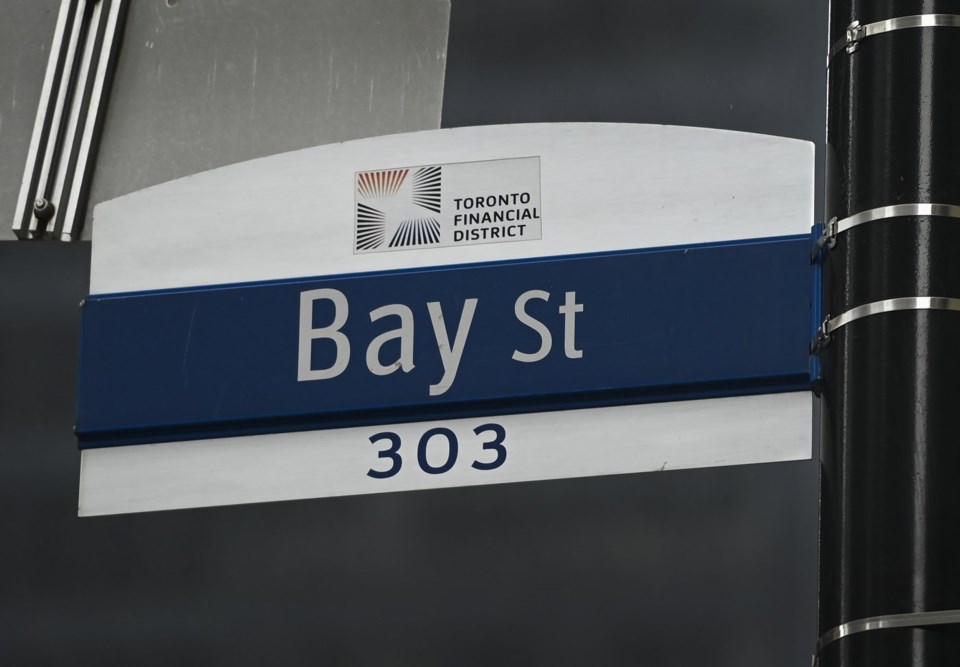TORONTO — Canada's main stock index rose Tuesday, led by energy and base metal stocks, while U.S. markets also moved higher, with the S&P 500 and the Dow again hitting new records.
The S&P/TSX composite index closed up 57.51 points at 23,952.22.
In New York, the Dow Jones industrial average was up 83.57 points at 42,208.22. The S&P 500 index was up 14.36 points at 5,732.93, while the Nasdaq composite was up 100.25 points at 18,074.52.
The gains came on the heels of a surge in Chinese stocks after the country’s central bank introduced several measures intended to boost its economy.
“All in all, a good package for really supporting what’s been a flagging area of their economy, which is the real estate market,” said Steve Locke, chief investment officer for fixed income and multi-asset strategies at Mackenzie Investments.
The move followed last week’s half-point interest rate cut from the U.S. Federal Reserve, which Locke said was a relief to investors.
Both central banks also exceeded expectations with the magnitude of their easing policies, said Locke.
“Not everyone was calling for that big of a rate cut from the Fed,” he said.
“This has generally been good news for markets.”
Though central banks around the world aren’t moving in lockstep, Locke said larger economies have been generally easing their monetary policies after they tightened to fight inflation.
Not only are central banks including the Fed and the Bank of Canada cutting rates, they’re also indicating that more cuts are coming, said Locke.
“The Fed will likely be delivering those as long as inflation stays in a sort of downward trajectory, or at the very least is sideways,” he said.
“If we start to see an uptick in inflation or worries about that, then we may see the bond market starting to react.”
Looking ahead, the looming U.S. election “will be on the market’s mind increasingly as we go into October,” said Locke. It could be a source of volatility in the market, he said.
The Canadian dollar traded for 74.25 cents US compared with 74.02 cents US on Monday.
Oil prices rose Tuesday, continuing a recent steady climb back above US$70 per barrel.
The November crude oil contract was up US$1.19 at US$71.56 per barrel and the November natural gas contract was down six cents at US$2.79 per mmBTU.
The December gold contract was up US$24.70 at US$2,651.20 an ounce and the December copper contract was up 14 cents at US$4.49 a pound.
— With files from The Associated Press
This report by The Canadian Press was first published Sept. 24, 2024.
Companies in this story: (TSX:GSPTSE, TSX:CADUSD)
Rosa Saba, The Canadian Press



